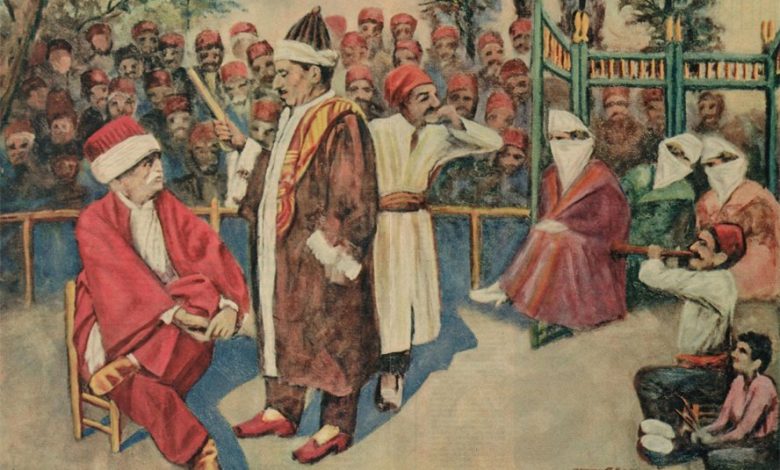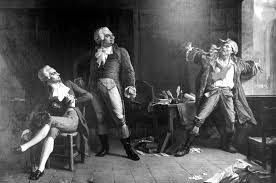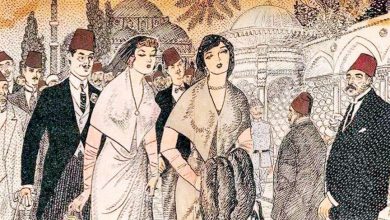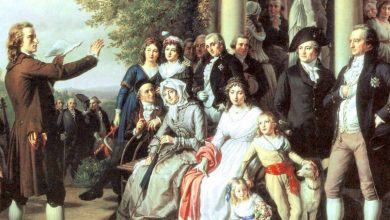
DOKTORA TEZİ :
Kültürel Açıdan Türk Tiyatrosunda Seyirci
Dokuz Eylül Üniversitesi
Danışman : Prof. Dr Aslıhan Ünlü
ÖZET
Türk seyircisinin seyir estetiğine baktığımızda; seyircinin izleme alışkanlıklarının Orta Asya’dan gelen Animistik Duyu, Göçebe/Kandaş Şamanist Yapı, Göç Yollarında Karşılaşılan Kültürler, Anadolu Kültürü, İslam ve Tasavvuf Anlayışı, Batılılaşma İdeolojisi ve Tüketim Kültürü ile biçimlenmiş olduğu söylenebilir. Geçmişte Şaman Ayinleri’yle, Köy Seyirlik Oyunları’yla, Osmanlı Şenlikleri’ndeki Dramatik Gösterilerle, Meddah, Karagöz, Ortaoyunu, Kukla vb. dramatik türlerle seyir ihtiyacını karşılayan Türk seyircisinin mizah yoluyla uzlaşmaya, kolektif eğlenmeye yönelen dil-anlatım özellikleri ile biçimlenen algısı; Batılılaşma sonrasında radikal bir değişime uğramıştır. Dünya Tiyatrosu kapalı biçimden açık biçim estetiğine yönelirken, tiyatromuz açık biçim estetiğinden kapalı biçim estetiğine geçmiş, kültürel hayatın gündelik kalıplarıyla açık alanlarda, han ve konaklarda, kahvehanelerde gülmenin oyunsu özgürlüğünün tadını çıkaran seyircimize; Batı’nın çerçeve sahnede yaşamı yansılayan ve eğlendirme işlevi eğiticilikle dengelenmiş tiyatro anlayışı benimsetilmeye çalışılmış, seyircimiz yabancısı olduğu bir estetik yaklaşımın dinamikleriyle yüzyüze kalmıştır. Artık halkın tiyatrosu değil, halkı eğiten tiyatro söz konusudur. Seyirciye yaklaşımdaki özensizlik ve seyircinin yerleşik kalıplarının göz ardı edilmesi, Batılılaşma İdeolojisi, hızla gelişen teknolojinin de etkileriyle seyircinin değişen gerçeklik algısı ve dış dinamiklerle dolaylı bir biçimde manipüle edilen bakışı oyunla ilişkisini de değiştirmeye başlamıştır. 1990’larla birlikte kültürel olana dikkat çekilmesiyle tiyatroya ve seyirciye bakış değişmiş, alternatif mekan ve biçim anlayışları devreye girmiş, seyircinin kültürel doğasına yönelinerek; sahne seyirci ilişkilerinde dikkat çekici gelişmeler yaşanmaya başlamıştır. Yaşanan teknolojik devrim, tüketim kültürü vb. seyircinin algısını etkilese de; geçmişten günümüze kültüre dayalı olarak yerleşmiş seyir estetiğine dair kimi özellikler hala seyircinin bilinçdışında devam etmekte, seçimlerinde, beğeni ölçütlerinde ve haz alışında etkisini sürdürmektedir.
ABSTRACT
When we look at the viewing aesthetics of Turkish audiences; it can be said that the viewing habits of the spectator are shaped by the animistic sense coming from Central Asia, Nomadic / Cognate Shamanist structure, cultures encountered on the migration routes, Anatolian Culture, Islam and Sufi Conception, Westernization Ideology and Consumption Culture. In the past, with dramatic genres such as Shaman Rites, Theatrical Villa Plays, Dramatic Shows in the Ottoman Festivals, Meddah, Karagöz, Ortaoyunu, Puppet etc. the need for watching has been met; Turkish spectator’s perception, which has been formed by language-narrative features oriented towards collective fun and via humor towards reconciliation, has undergone a radical change after Westernization. While the World Theater is headed to aesthetics of an open style from the closed form, our theater is headed towards a closed form aesthetics leaving the open form; West’s theater perspective, in which life is reflected on a frame stage and its entertaining functions is balanced by instructiveness, was tried to infuse to our spectators, who enjoyed the playful freedom of laughter with the casual patterns of cultural life in open spaces, inns, pavilions and coffee houses; our audience was faced with the dynamics of an aesthetic approach they were a stranger to it. It is no longer the theater of the people, but the theater that educates the people.
The carelessness in approach to the spectator, the ignoring of the built-in patterns of them, the ideology of Westernization, and the spectator’s changing sense of reality with the effects of the rapidly evolving technology and their perception which is indirectly manipulated by the external dynamics have been shifting their relations with the plays. By drawing attention to the cultural one with the 1990s, the view of the theater and the audience has changed; alternative understandings of spaces and forms has been put into action; by leaning to the cultural nature of the spectator, noteworthy developments began to happen in stage and audience relations. Even though the technological revolution that has taken place, the culture of consumption and etc. have affected to the viewpoint of the spectator, some characteristics of viewing aesthetics which were established on basis of the culture from past to present, have still been continuing in the unconscious of the spectator, and they continue to influence their choices, taste criteria, and enjoyment.


